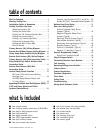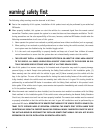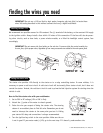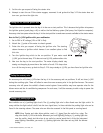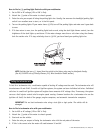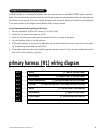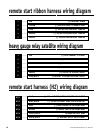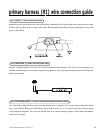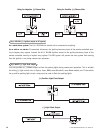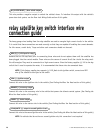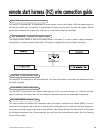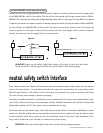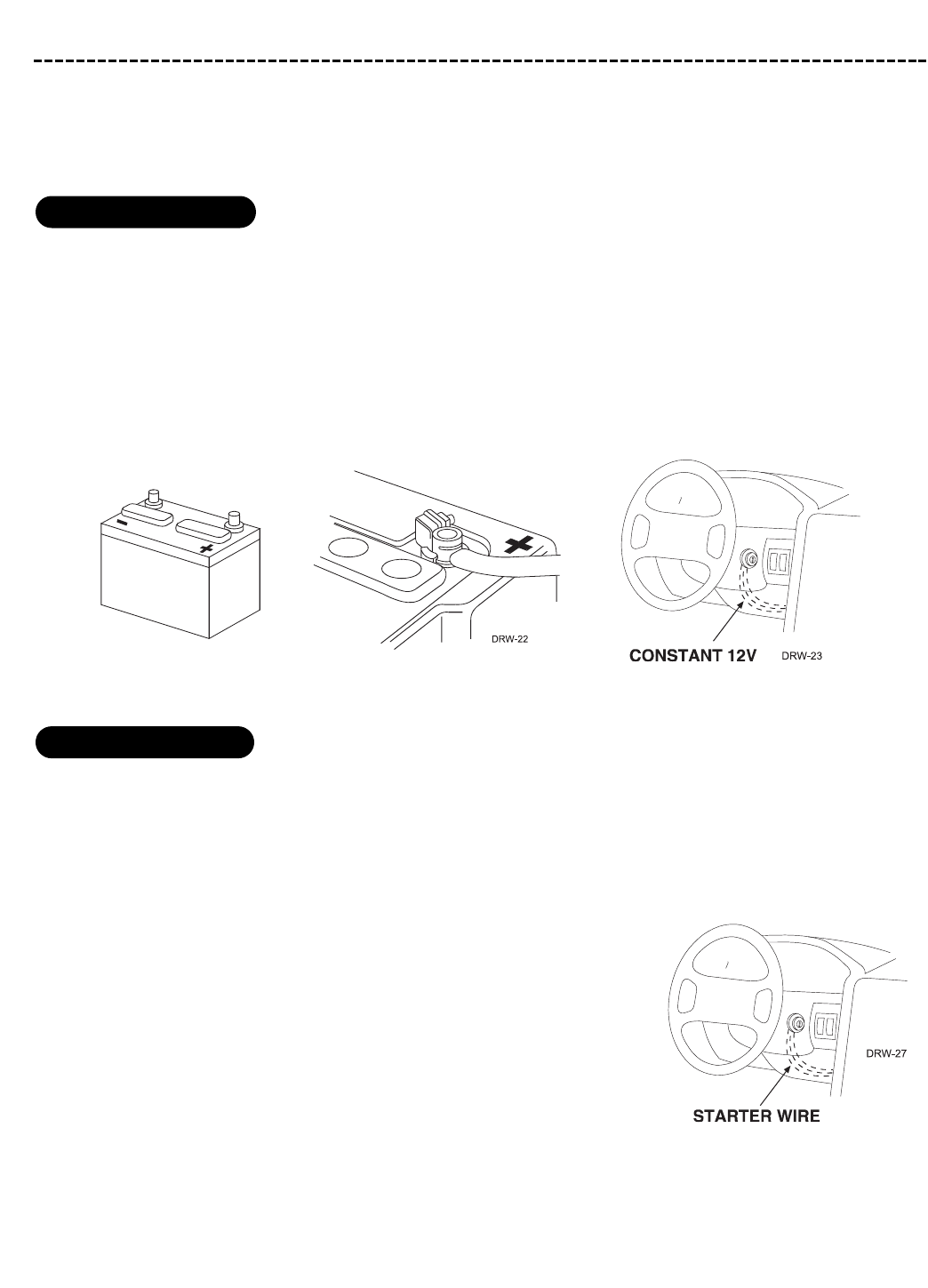
6 © 2001 Directed Electronics, Inc. Vista, CA
finding the wires you need
IMPORTANT! Do not use a 12V test light or logic probe (computer safe test light) to locate these
wires! All testing described in this manual assumes the use of a digital multimeter.
We recommend two possible sources for 12V constant: The (+) terminal of the battery, or the constant 12V supply
to the ignition switch. Always install a fuse within 12 inches of this connection. If the fuse will also be power-
ing other circuits, such as door locks, a power window module, or a Nite-Lite headlight control system, fuse
accordingly.
IMPORTANT! Do not remove the fuse holder on the red wire. It ensures that the control module has
its own fuse, of the proper value, regardless of how many accessories are added to the main power feed.
The starter wire provides 12V directly to the starter or to a relay controlling starter. In some vehicles, it is
necessary to power a cold start circuit. A cold start circuit will test exactly like a starter circuit, but it does not
control the starter. Instead, the cold start circuit is used to prime the fuel injection system for starting when the
vehicle is cold.
How to find the starter wire with your multimeter:
1. Set to DCV or DC voltage (12V or 20V is fine).
2. Attach the (-) probe of the meter to chassis ground.
3. Probe the wire you suspect of being the starter wire. The steering
column is an excellent place to find this wire. Remember you do not
need to interrupt the starter at the same point you test it. Hiding
your starter kill relay and connections is always recommended.
4. Turn the ignition key switch to the start position. Make sure the car
is not in gear! If your meter reads (+)12V, go to the next step. If it doesn’t, probe another wire.
finding the starter wire
obtaining constant 12V





